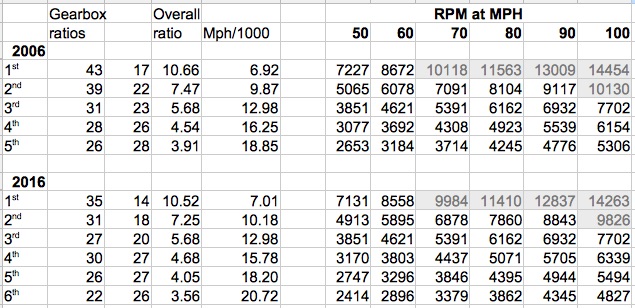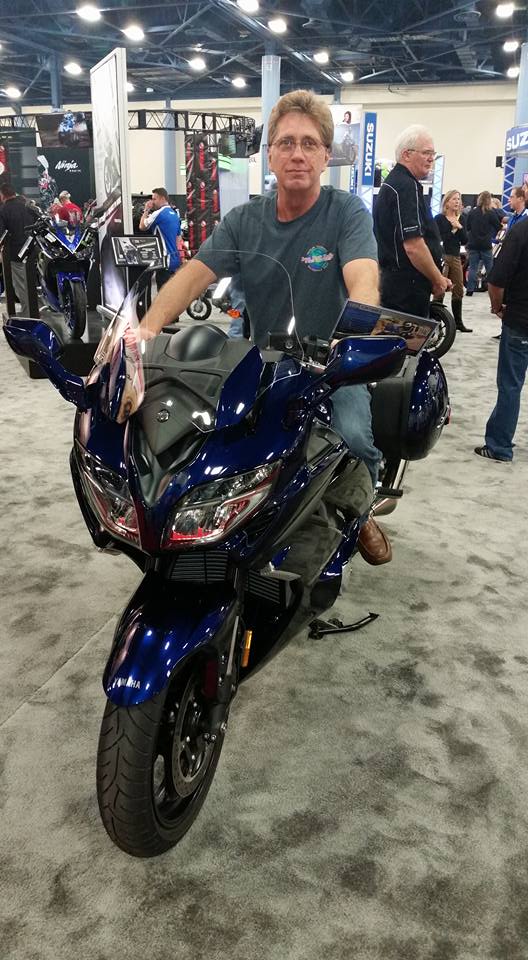I don't know if has been addressed already, but besides the sixth gear in the transmission, the shifting dogs are completely different, no longer cast on the part they were before. Will greatly help in any bent shifting fork possibilities I've been told.
That's what I was referring to in post 463 when I said synchronizers were next.
With straight-cut gears you can put the dogs on the sides of the gear wheel, and move the entire wheel side-to-side to engage the shift. With the helical gears, they've removed the dogs to a separate ring, and that ring is moved by the shift fork, the gears stay put.
Why not move the gears like before? Helical gears have an axial force (they push "sideways" to the rotation) which means they would ALWAYS try to apply pressure to the shift fork and eat it up quickly, so the gear wheel has to be retained in place by thrust bearings. (This may be why the gears aren't available separately any more, the requirements of getting those installations correct.)
So the dogs are removed to separate rings, and those are what move back and forth between the gear wheels to execute the ratio selection. This is exactly the same process used in automotive manual transmissions, except those rings are called synchronizer rings, and instead of dogs they carry synchronizer cones.
Thus, this is a very small step from a fully synchronized transmission, which we don't want because the shifts would most likely be slower.
As for better protection of the shift forks, I am dubious. That's not a design point at all, and I'm not sure it would be a result. The dogs can still wear, and if they present angled surfaces instead of flat surfaces, they can still produce an axial force on the shift ring, which would apply pressure against the shift fork and eat it up.





















































